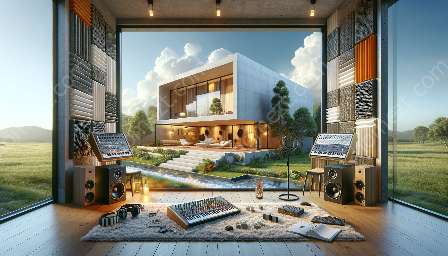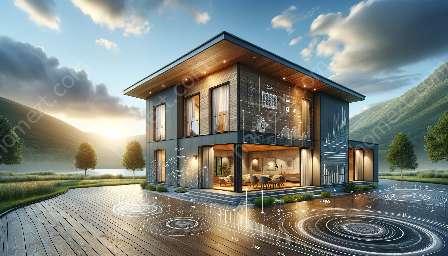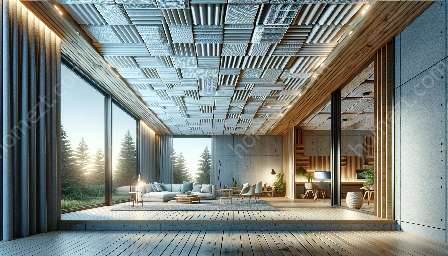Welcome to our comprehensive guide on noise barrier walls, tools and equipment for noise control in homes, and effective noise control strategies to create a peaceful living environment. In this guide, we will explore the importance of noise barrier walls, the tools and equipment necessary for noise control in homes, and practical techniques for reducing unwanted noise.
Noise Barrier Walls: Understanding the Basics
Noise barrier walls, also known as sound barriers, are physical structures designed to reduce the transmission of sound from one area to another. These walls are commonly used in residential areas, industrial facilities, and transportation infrastructure to mitigate the impact of unwanted noise on nearby properties. Noise barrier walls are typically made from a variety of materials, including concrete, steel, timber, and composite materials, and can be customized to fit the specific needs of a given location.
The Benefits of Noise Barrier Walls
There are numerous benefits to incorporating noise barrier walls into residential and commercial properties. Not only do these walls help to minimize the impact of external noise sources, such as traffic, construction, and industrial activities, but they also contribute to creating a more peaceful and comfortable living environment for residents. Additionally, noise barrier walls can enhance property value and improve the overall quality of life for individuals living in noisy urban areas.
Tools and Equipment for Noise Control in Homes
When it comes to noise control in homes, having the right tools and equipment is essential for effectively managing and reducing unwanted noise. From soundproofing materials to specialized devices, homeowners have a wide range of options to choose from when addressing noise-related issues in their living spaces.
Essential Tools and Equipment for Noise Control
Some of the key tools and equipment for noise control in homes include:
- Soundproofing materials: Acoustic panels, sound-absorbing foam, and heavy curtains can be used to reduce the transmission of sound within a room.
- Sealants and weather-stripping: Ensuring that windows, doors, and other openings are properly sealed is crucial for preventing noise from entering the home.
- Noise-canceling devices: Devices such as white noise machines, earplugs, and noise-canceling headphones can help individuals block out unwanted noise and create a more peaceful environment.
- Acoustic insulation: Installing acoustic insulation in walls, floors, and ceilings can significantly reduce the transfer of sound between different areas of the home.
Noise Control in Homes: Practical Strategies
In addition to using noise barrier walls and the right tools and equipment, there are several practical strategies that homeowners can implement to improve noise control in their homes.
Effective Noise Reduction Techniques
Consider the following techniques for enhancing noise control in homes:
- Identify sources of noise: By identifying the primary sources of noise within your home, you can develop targeted solutions for reducing and managing the impact of these sources.
- Implement soundproofing measures: Use sound-absorbing materials, weather-stripping, and insulation to create a quieter indoor environment.
- Minimize external noise: Consider planting trees, installing outdoor sound barriers, and using double-glazed windows to reduce the impact of external noise on your property.
- Establish quiet zones: Designate specific areas of your home as quiet zones, where noise levels are minimized and individuals can relax without disturbance.
By combining noise barrier walls, effective tools and equipment, and practical noise control strategies, homeowners can create a more peaceful and comfortable living environment. Whether you're dealing with street traffic, noisy neighbors, or industrial sounds, taking proactive measures to manage noise can significantly improve your quality of life within your home. We hope this guide has provided you with valuable insights and actionable recommendations for addressing noise-related challenges in your living space.




















